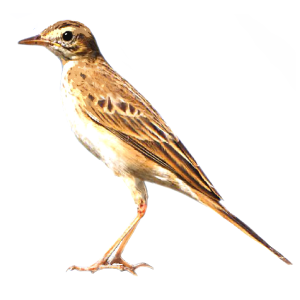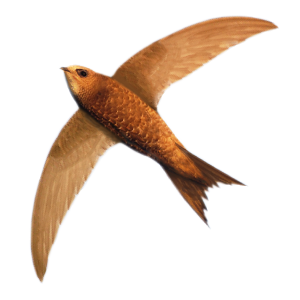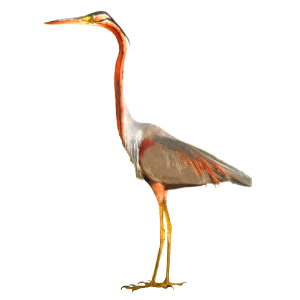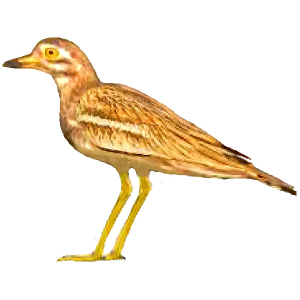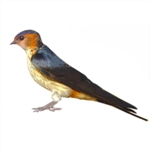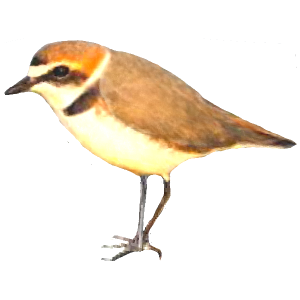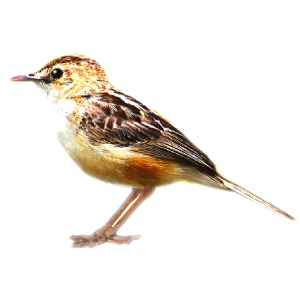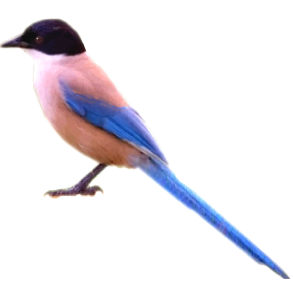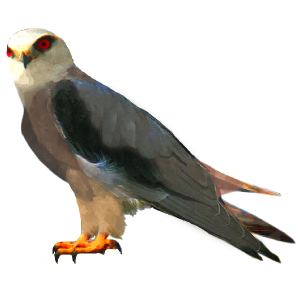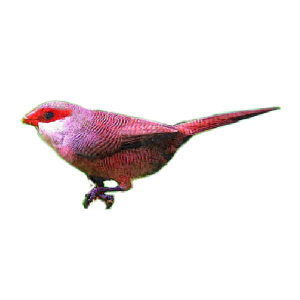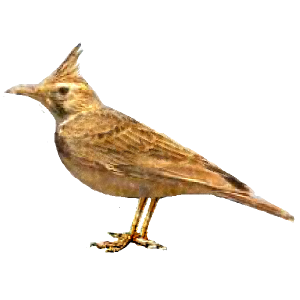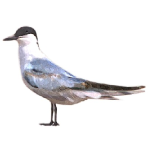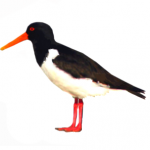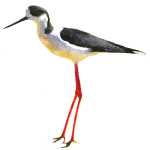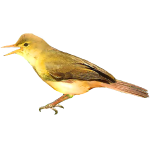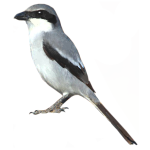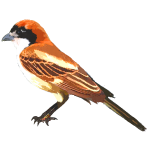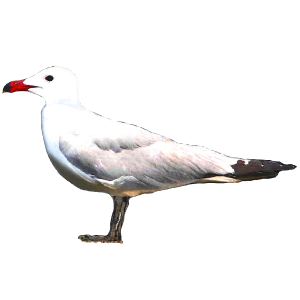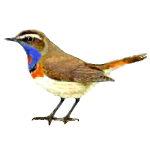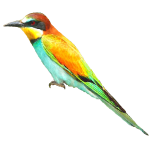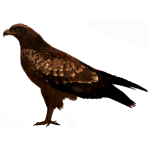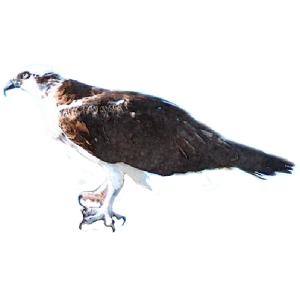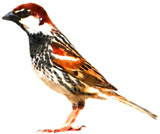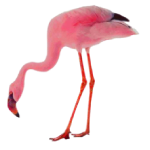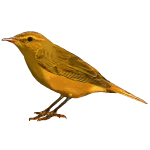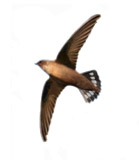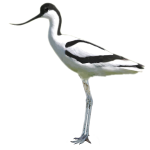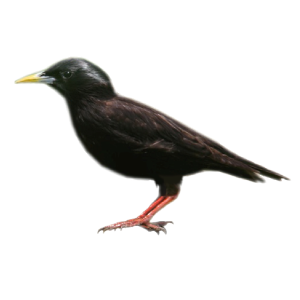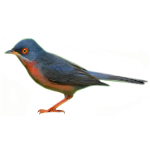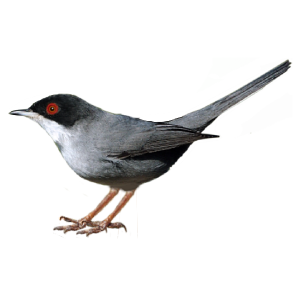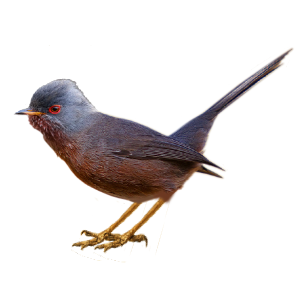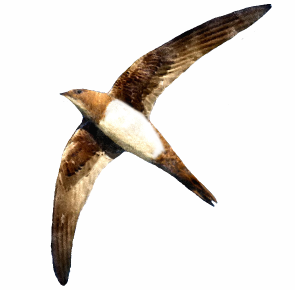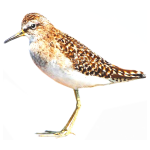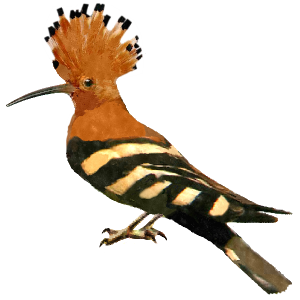HOTSPOT FACTSHEET: QUINTA DA ROCHA
Location: Quinta da Rocha / Mexilhoeira Grande; Lagos and Portimão municipalities, Western Algarve | Coordinates: 37° 9′ 9.8964″N, -8° 36′ 46.9866″W (Lat/Long); 37.152749 N, -8.613052 W (decimal degrees) | Code: PT1 | Completion Time: up to 2-3 hours | Best Time for Birdwatching: Spring, Autumn and Winter; all seasons offer good birding opportunities; however, there’s a lower number of birds and bird species between July and August | Protection Status: Ria de Alvor Special Area of Conservation (Natura 2000); Ramsar Site | Activities: birding; nature walks; cycling, running & other outdoor activities; sightseeing; cultural travel; water sports; extreme sports;
[PLEASE CHECK QUINTA DA ROCHA’S BIRD SPECIALITIES AT THE BOTTOM OF THIS PAGE] Besides the typical estuarine habitats, along this area there’s also a mixed lattice of traditional rainfed orchards – mainly composed of fig, orange, carob and almond trees – as well as areas of Mediterranean scrubland, riparian galleries, grass and farmland, and a few sparse stands of pine. Noteworthy resident passerines include the Waxbill, the Serin, the Sardinian Warbler and the Corn Bunting, all of which are also joined by one or two Dartford Warblers during the winter. On the headland, the Iberian Azure-winged Magpie and the Hoopoe are undoubtedly the most showy non-passerine residents. Hoopoes are one of the first birds to initiate the breeding season, which sometimes occurs in late January; later, in April, this colourful duo is joined by two other flashy breeding species, the shy Golden Oriole and the garrulous Bee-eater. Tree-loving Orioles are quite hard to spot and the first sign of their presence is a flute-like whistling song. However, visiting birders should be aware that resident Spotless Starlings frequently mimic the song of the Golden Oriole.
In contrast, Melodious Warblers do not need to impersonate other birds to produce a truly exquisite song; along with the Iberian Chiffchaff, this accomplished songster is a passage migrant during the autumnal migration (from July onwards). At this time of the year, birders may experience some difficulties distinguishing all the different warblers making their way to the Sahel and Maghreb ecozones. Melodious Warblers are a bit larger, with a broad bill and homogeneous yellow underparts, while the Common Chiffchaff has duller colours when compared with its Iberian counterpart; easier to tell apart, the Western Bonelli’s Warbler displays a yellow rump and white underbody; male Spectacled Warblers boast a beautiful contrasting grey head/white throat – females are brownish in colour – with a distinctive white eye ring, an anatomical feature that distinguishes them from the Subalpine Warbler (a species with a characteristic red ocular ring). Here, the Spectacled Warbler is an uncommon visitor (not seen every year), whereas the Yellow-browed Warbler has been almost annual over the last few years. Among rare passage migrants, the most striking bird is the crow-sized European Roller, a species more commonly associated with the Alentejo plains located north of the Algarve. The Roller, which is not an annual species at the peninsula, feeds on invertebrates and small vertebrates – including frogs, snakes, lizards and even small birds – and has the same food preferences and preying behaviour of the resident Southern Grey Shrike. The Woodchat Shrike, on the other hand, is just a summer visitor.
Contrary to the cryptic Stone-curlew – which tends to take cover on the grassland present at the peninsula – Cattle Egrets are easily spotted throughout the little peninsular. In winter, the Stone-curlew sometimes forms large flocks of tens of individuals, but the number of observations does not necessarily improve due to this behaviour. Red-rumped Swallows and Black-winged Kites are now common and breed in the area. Noteworthy breeding species present at the peninsula between March and September include the Greater Short-toed Lark – more common in sandy, stony and grassy areas – and that outstanding aerobatics master, the Alpine Swift. This large swift clearly benefits from the largely chemical-free, low-intensity agricultural traditions of the Algarve. Richard’s Pipits are occasional visitors to the area. Local rarities include the Rustic Bunting and the Sociable Lapwing.
On the Quinta da Rocha peninsula there is an international NGO – ‘A Rocha Life’ – that is engaged in scientific research and environmental education with a focus on the rich fauna and flora of the surrounding area. Please check the map above to get directions. A Rocha Life organizes bird watching tours, in addition to many other environmentally-based activities (which include the operation of a ringing station). Those interested in observing ringing can visit A Rocha Life on Thursdays (contact A Rocha Life to book a visit, or to book a birdwatching tour here).
A cheaper but slower alternative to driving all the way to Quinta da Rocha is to reach it by train from the adjacent Mexilhoeira Grande train station. Verify train times and tickets at www.cp.pt. From Faro – and since it is a slower regional service – it takes about 1.5 hours to Mexilhoeira Grande. If possible, arrive early in the morning to take advantage of the better lighting conditions and higher bird activity. Between February and August, please stay on the main tracks at all times in order to avoid the disturbance of nesting birds. See also the Alvor Boardwalk & Estuary Trail page to obtain further advice.
Paul de Lagos is a small but very interesting wetland that deserves far more interest than it gets today. Located just a couple of miles northeast of Lagos (please check map above), this estuarine spot is continuously fed by pure freshwater springs and by the seasonal flow of the Bensafrim stream; together with the tidal flooding, such hydrological regime makes all the difference in the local context, as fresh and brackish water wetlands are scarce ecosystems in coastal Western Algarve. Its dense reed beds and small cork oak stands attract a number of distinct birds. Notable examples are the Great White Egret (regular in winter), Penduline Tit, Red-necked Nightjar, Little Bittern, Great Reed and Melodious Warblers, Golden Oriole, Water Pipit, and Booted and Short-toed Snake Eagles. In addition, this place is inhabited by a large variety of other non-passerine and passerine species, mammals, reptiles, amphibians and insects (among them, the spectacular Monarch and Plain Tiger* butterflies). Rarities occurring in the recent past comprise White-winged Tern, Lesser Yellowlegs, Wilson’s Phalarope and Pectoral Sandpiper. The origins of the present marsh go back to the 15th century, when a series of waterways and small dams was built in order to develop local farmland and to desalinate the flat terrain. Those valuable structures are still in place today, but accessibility to the site must be improved; its biological potential is unquestionably high, and it is also within reach if only some appropriate measures are taken. Currently, the area is only legally covered by a National Agricultural Reserve (REN) status, making it a target for private land development. The best times to visit Paul de Lagos are the autumn and winter.
* Also known as African Monarch, the presence of the Danaus chrysippus species requires further confirmation.

